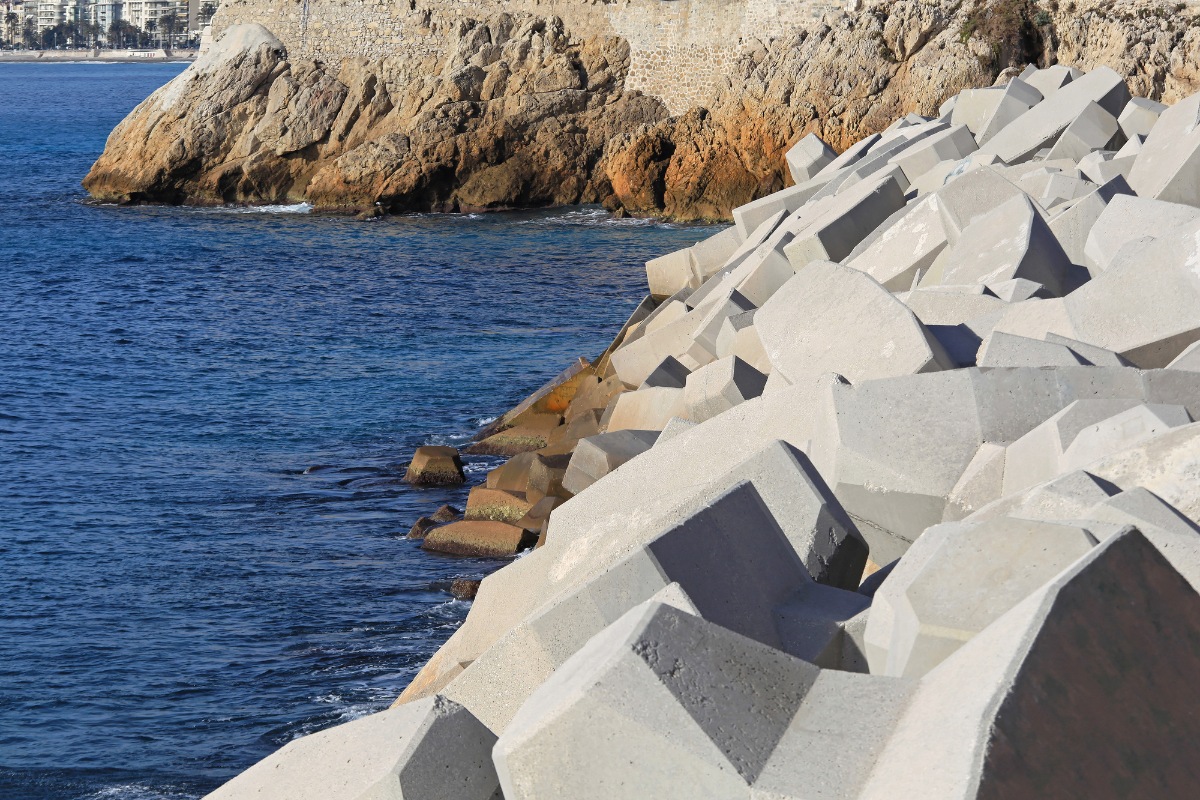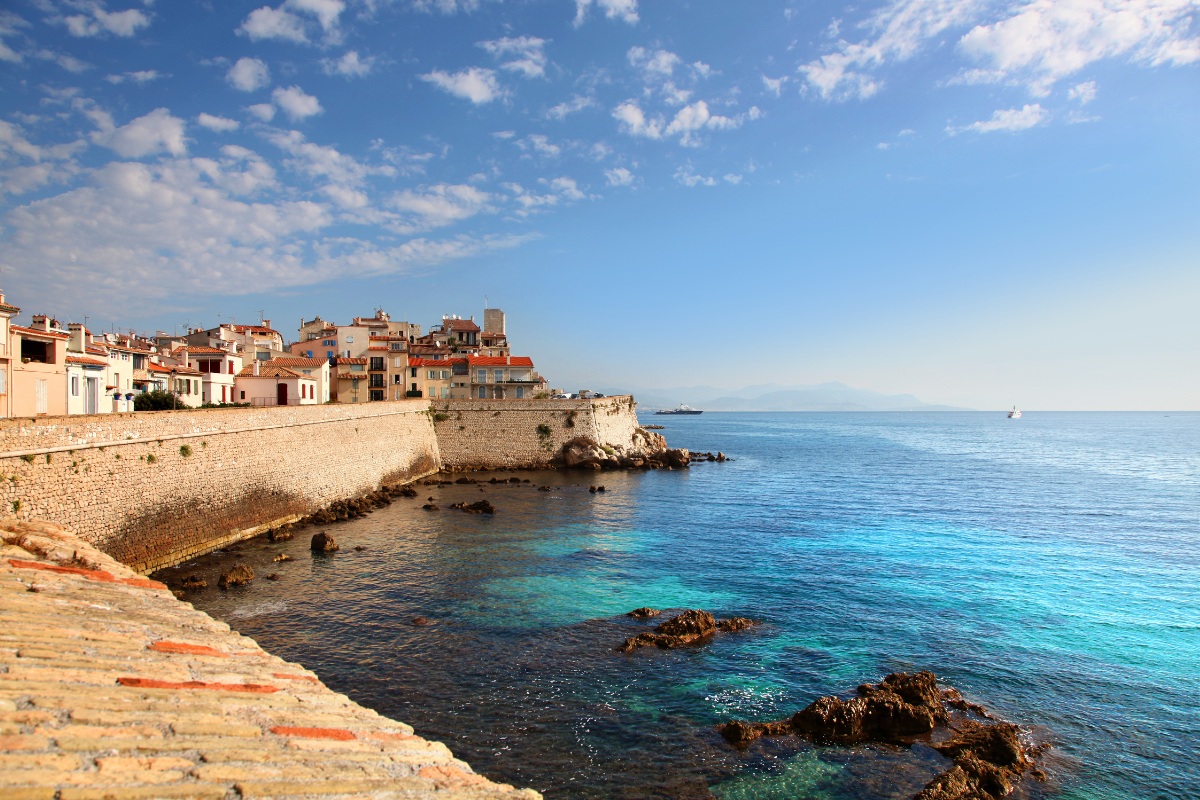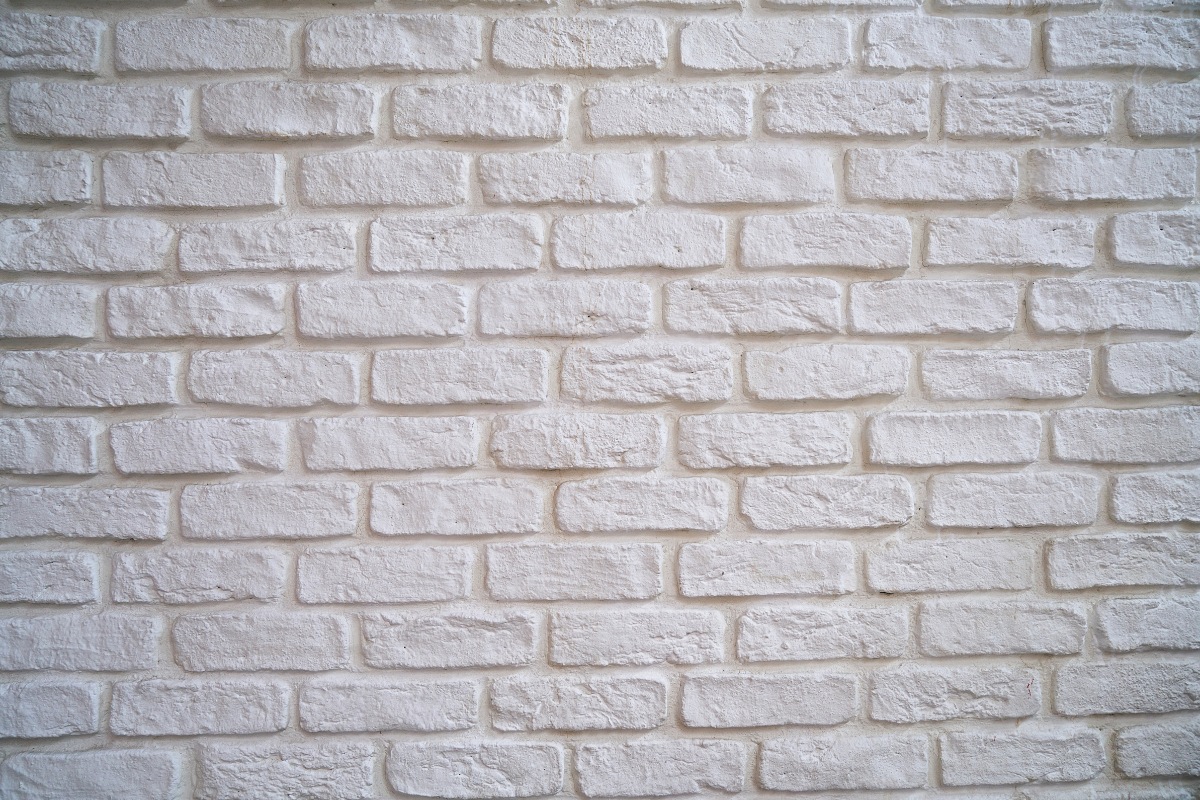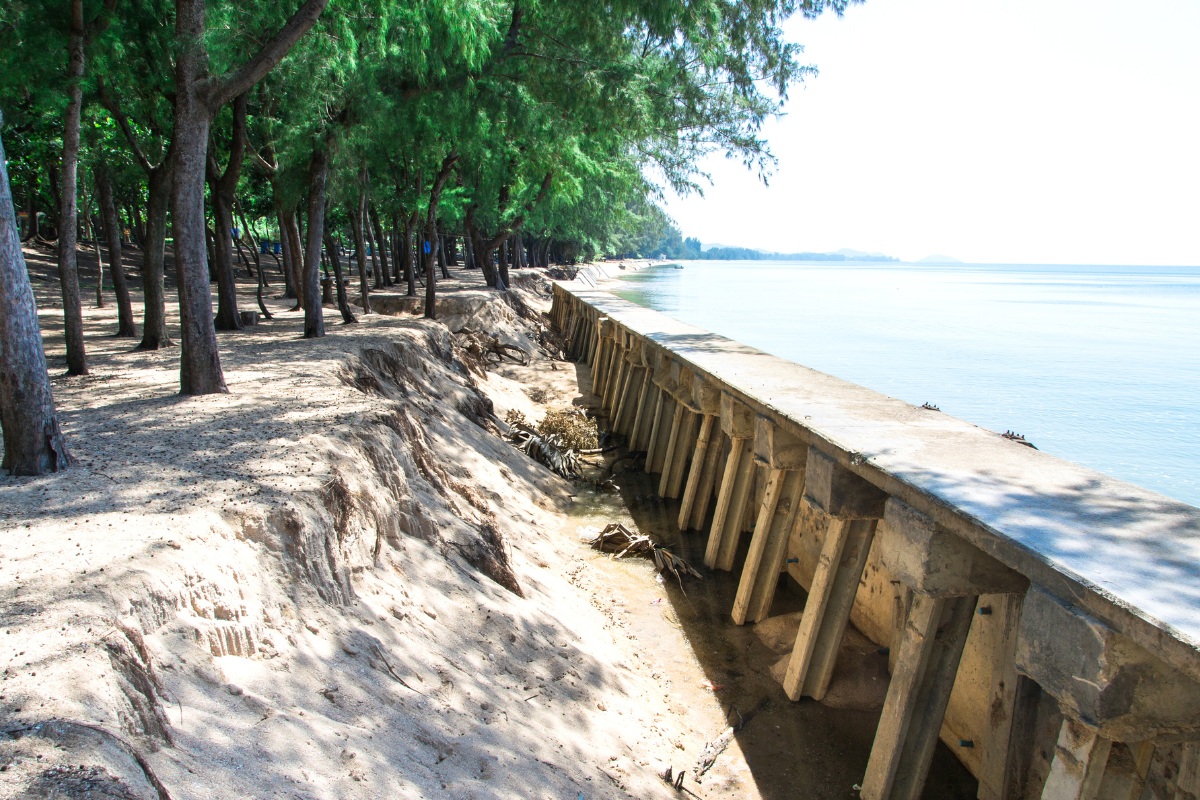Introduction
What is a Seawall?
A seawall is a physical barrier designed to protect properties and coastlines from erosion and the encroachment of ocean waves. It is typically made of concrete, steel, or other durable materials and is constructed along the shoreline. The primary purpose of a seawall is to reduce the impact of erosion and prevent the gradual wearing away of the coastline.
Seawalls are built to withstand the force of powerful waves, which can cause significant damage to beachfront properties. By dissipating wave energy and redirecting it back into the ocean, seawalls help to maintain the stability of coastal areas. They act as a buffer between land and water, providing a level of protection against erosion and the damaging effects of storms and high tides.
Advantages and disadvantages of seawalls
Seawalls offer several advantages in protecting coastal properties and mitigating erosion:
- Erosion control: Seawalls serve as a crucial defense against the erosion of beaches and the loss of valuable land. By preventing wave action from reaching the shoreline, they help to maintain the integrity of coastal areas.
- Property protection: Seawalls provide a barrier between the ocean and properties located near the shoreline. They can significantly reduce the risk of damage to buildings, infrastructure, and other assets from powerful waves and flooding.
- Stability: The stability and durability of seawalls make them effective in withstanding the force of waves over time. They offer long-term protection and can contribute to the overall resilience of coastal communities.
Despite these advantages, seawalls also have some drawbacks that should be considered:
- Cost: Constructing seawalls can be expensive, requiring significant investment in materials and labor. Maintenance and repair costs may also be high over time.
- Potential for beach loss: Seawalls can impact the natural movement of sand along the coastline, leading to beach loss. This can have consequences for the recreational value of the area and the habitats of coastal species.
- Altered wave patterns: Seawalls can alter wave patterns along the coast, potentially causing increased erosion in adjacent areas. Careful planning and design considerations are necessary to minimize such negative effects.
Overall, seawalls are an important tool in coastal protection and the preservation of valuable properties. However, their design and implementation need to be carefully considered to balance their benefits with potential environmental impacts.Concrete Seawalls
Features and benefits of concrete seawalls
Concrete seawalls are a popular choice for coastal protection due to their durability and low maintenance requirements. Here are some key features and benefits of concrete seawalls:
1. Durability: Concrete seawalls are designed to withstand the harsh forces of powerful waves and erosion. The use of large blocks or metal reinforcements in the construction ensures a strong and resilient structure.
2. Longevity: Concrete seawalls have a long lifespan, often lasting for decades without extensive repairs or replacements. This makes them a cost-effective solution in the long run.
3. Customizability: The panels used to build concrete seawalls can be designed to match the desired appearance, reflecting the overall aesthetic of the coastline. This allows for a visually pleasing integration with the surroundings.
4. Wave reflection: Concrete seawalls are designed to reflect wave energy back into the ocean, reducing the impact on the shoreline. This helps in preventing erosion and protecting the coastline from further damage.
5. Low maintenance: Concrete seawalls require minimal maintenance, making them an attractive option for property owners. Regular inspections and minor repairs may be needed to ensure their effectiveness, but overall, they are known for their durability.
6. Storm surge protection: Concrete seawalls act as a barrier against storm surges, which are often caused by tropical storms or hurricanes. They help in minimizing the impact of flooding and protecting coastal properties and infrastructure.

Types of concrete seawalls: vertical and curved
Concrete seawalls come in different designs, and two common types are vertical and curved seawalls. Here’s a comparison between the two:
1. Vertical seawalls: These seawalls have a vertical face, providing a straight and uniform appearance. They are commonly used in areas with high wave energy and strong tidal surges. Vertical seawalls are effective in dissipating wave energy and protecting the shoreline.
2. Curved seawalls: Curved seawalls have a curved shape, which helps in deflecting and redirecting wave energy. The curved design enhances the stability of the seawall and reduces the impact of waves, making them ideal for areas with moderate wave energy.
In conclusion, concrete seawalls are a reliable and durable choice for coastal protection. Their features such as durability, longevity, and wave reflection make them an effective solution against erosion and wave damage. Whether it’s a vertical or curved design, concrete seawalls provide essential protection to coastal areas, minimizing the impact of powerful waves and preserving the coastline for future generations.
Riprap Seawalls
Riprap seawalls are one of the most commonly used types of seawalls for coastal protection. They consist of a combination of small and large stones, rocks, and chunks of concrete that are placed along the shoreline or river banks. The main function of riprap seawalls is to absorb and dissipate the energy of incoming waves, reducing the erosion and impact on the shoreline.
These seawalls act as a barrier, protecting the soil and underlying infrastructure from the force of the waves. The rocks and concrete chunks break up the wave energy, preventing it from directly hitting the shoreline and causing erosion. Riprap seawalls are often used to reinforce the bases of older seawalls or to prevent soil erosion in areas that experience low to moderate wave action during storms.
In conclusion, riprap seawalls are a cost-effective and flexible solution for coastal protection. They provide some level of wave energy dissipation and erosion control, but their effectiveness may vary depending on the wave energy and environmental conditions. Consideration should be given to their limitations, such as limited protection against high-energy waves and aesthetics, when choosing the most suitable seawall for a specific coastal area.
Gabion Seawalls
Gabion seawalls are another type of seawall commonly used for coastal protection. These structures are made of wire mesh baskets or cages filled with rocks or other solid materials. The gabion baskets are stacked together to form a sturdy barrier against the force of waves and erosion.
One of the key advantages of gabion seawalls is their flexibility and ability to adapt to the natural environment. The wire mesh allows for the flow of water, which helps to dissipate wave energy and reduce the impact on the shoreline. Gabion seawalls also provide natural habitats for marine life, as the crevices between the rocks can serve as shelter and breeding grounds.
In conclusion, gabion seawalls are a versatile and environmentally-friendly option for coastal protection. Their flexibility, natural appearance, and cost-effectiveness make them a popular choice in areas where both functionality and aesthetics are important. Whether it’s erosion control or maintaining the natural habitat, gabion seawalls provide effective coastal protection while preserving the beauty of the ocean environment.
Revetment Seawalls
Revetment seawalls are a type of coastal protection structure that are designed to absorb and dissipate wave energy. These seawalls are typically made of a combination of natural and artificial materials, such as large rocks or concrete blocks placed tightly together. The purpose of this design is to create a porous barrier that allows water to flow through while reducing the force of the waves.
In summary, revetment seawalls are a versatile and effective solution for coastal protection. Their ability to absorb wave energy, natural appearance, and cost-effectiveness make them a popular choice in many coastal areas. Whether it’s preserving the natural beauty of the coastline or providing habitat for marine life, revetment seawalls offer a practical and sustainable way to safeguard our shores.
Vertical Seawalls
Vertical seawalls are a type of coastal protection structure that are built vertically, resembling a fence made of steel or concrete. These seawalls are designed to withstand the force of high-powered waves and protect the shoreline from erosion. They are typically constructed in particularly exposed areas where the waves are strong and pose a threat to the land.
Overall, vertical seawalls are a valuable tool for coastal protection, offering a strong barrier against waves and erosion. However, it is important to carefully evaluate the potential impacts and consider alternative solutions to ensure long-term sustainability and minimize environmental disruption.
Bulkhead Seawalls
Bulkhead seawalls are another type of seawall commonly used for coastal protection. Unlike vertical seawalls, bulkhead seawalls feature a series of vertical panels or planks that are driven deep into the ground to create a solid barrier against wave action.
These seawalls are typically made of materials like steel, wood, or vinyl, and are designed to withstand the force of waves while minimizing erosion. They are commonly used in areas where a high degree of protection is required, such as marinas, harbors, or waterfront properties.
In conclusion, bulkhead seawalls are a commonly used option for coastal protection, offering a solid barrier against wave action. However, their suitability depends on various factors, including site-specific conditions and the desired level of protection. Proper design and maintenance are crucial to ensure their effectiveness and minimize potential environmental impacts. By carefully considering the pros and cons, coastal communities can choose the most appropriate seawall type for their specific needs.
Soft Armoring Seawalls
Soft armoring seawalls are a type of coastal protection structure that use flexible materials to absorb and dissipate wave energy. Unlike vertical seawalls, which rely on their rigid structure to reflect waves, soft armoring seawalls are designed to absorb the impact of waves and dissipate their energy, reducing erosion along the shoreline.
In conclusion, soft armoring seawalls offer an alternative approach to coastal protection that focuses on dissipating wave energy rather than blocking it completely. Geotextile bags and fiber-reinforced polymer materials provide flexibility and adaptability to changing coastal conditions. However, it is important to carefully consider the specific needs and characteristics of the coastal area before implementing soft armoring seawalls. Working with experts and conducting thorough evaluations can help determine the most suitable solution for effective and sustainable coastal protection.
Conclusion
As socio-economic development continues to be a priority, the construction of seawalls has become essential for protecting lives and coastal properties. Soft armoring seawalls, such as geotextile bags and fiber-reinforced polymer materials, offer an effective and flexible solution to coastal erosion.
Considerations for choosing the right seawall
When selecting the most suitable seawall for a specific coastal area, several factors should be considered:
1. Coastal Environment: The characteristics of the coastline, including wave energy, sediment transport, and erosion patterns, should be carefully evaluated to determine the appropriate type of seawall.
2. Cost and Maintenance: The initial cost of construction, as well as long-term maintenance requirements, should be taken into account.
3. Environmental Impact: The potential impact on the surrounding ecosystem, including flora and fauna, should be considered to ensure sustainable coastal protection.
4. Climate Change: As sea levels rise and storms become more frequent and intense, it is important to choose a seawall that can withstand future climate conditions.
5. Expert Advice: Working with coastal engineers and experts in coastal protection can help assess the specific needs and challenges of the area, leading to a more effective seawall solution.
In conclusion, the construction of seawalls plays a critical role in protecting lives and coastal properties from the destructive force of waves. Soft armoring seawalls, such as geotextile bags and fiber-reinforced polymer materials, offer a flexible and effective solution to coastal erosion. However, it is essential to carefully consider the specific characteristics and needs of each coastal area when choosing the most suitable seawall for optimal and sustainable coastal protection.




